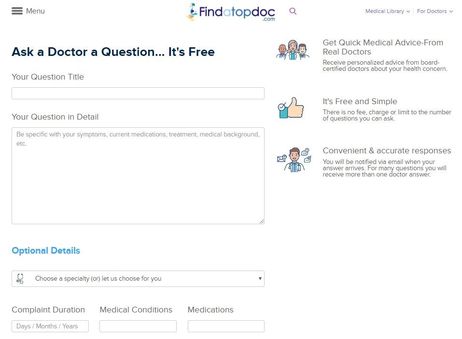Integrating UGC into a Successful Multi-channel Digital Strategy

User-generated content (UGC) can be a powerful asset for building audience engagement and growing revenue - for publishers who smartly integrate high-quality UGC into their multi-channel digital strategy.
I emphasize both integration and quality here, because over the years many publishers have implemented UGC by just bolting forum software onto their site as a subdomain, or even worse, encouraging readers to randomly comment on posts.
Their goal was to generate high volumes of advertising inventory on content pages that were essentially "free" to produce. The results have proven to be, well, junk.
UGC Can Be More Than Just Noise
Advertisers don't want to be associated with the vitriol and nonsense that dominate uncurated forums. And users themselves tend to quickly tire of it, or just move the "conversation" about the latest celebrity outrage or sporting event to open social media services that are able to generate the extraordinary traffic volumes needed to sustain themselves on ad marketplace payoffs of a couple dollars (or less) CPM.
UGC's reputation has gotten so bad that Google recently announced it's implementing new nofollow attributes to mark UGC in its algorithms. SEO/ SEM experts are still speculating as to the ultimate impact of these new attributes, which Google says it will use as only "hints," and not a hard stop for its crawlers. But it's a safe bet that forum threads aren't going to jump to the top of page one in search results any time soon.
Quality, Structure and Portability are Key to UGC
But this doesn't mean that UGC, when implemented and managed correctly, can't be a valuable asset to publishers, particularly those that focus on business-to-business or high-value consumer transactions. In fact, more than 80 percent of people said they trust landing pages with UGC on them. So getting your users to contribute quality content to your publication has enormous potential value.
At Mugo Web, we've worked with several publishers, including FindaTopDoc.com, a content-rich physician directory and booking site, to fully integrate UGC into existing and new digital channels, with great results.
FindaTopDoc grew to serving more than one million pageviews a month by publishing reviews and ratings, alongside detailed practice and insurance coverage information, in its physician directory. Along with authoritative articles in its Medical Library, the site was adding more than 1,000 pages monthly. About two years ago, FindaTopDoc decided it wanted to tap into both of its audiences - physicians and healthcare consumers - to fuel its continued, rapid growth.
Managing UGC As a Structured, Valuable Asset
FindaTopDoc's UGC content and workflows are integrated directly into its digital experience platform, which our development team at Mugo Web built on eZ Platform DXP. The system's extensive user permissions and workflows enable the FindaTopDoc team to manage the user-submitted questions and posts in the same way as an article or video created in-house, ensuring quality and relevance to the site's high-value audience. It also enables the publisher to maintain control and ownership of content assets and brand, which you give up if you rely exclusively on Twitter or Facebook for interactive user engagement. (AdAge has been making this point for a couple years now.)
And by storing reviews, moderated Q&As and other UGC in a central, structured content repository, FindaTopDoc can leverage these assets in a variety of channels: site, email, and social. In short, the site treats UGC like other content - it has to be relevant, it has to be good, and it has to be portable.
Here's a quick look at three key UGC features we've implemented for FindaTopDoc and how they reflect these basic principles of managing and monetizing UGC.
Ask a Doctor a Question
Registered site users can complete a form to post a question to physicians who are verified as experts in the field. The submission form includes guidance for providing useful information, such as pre-existing medical conditions and current medications, or even photographs. This structured approach to inputting UGC as data - not just freeform text - not only ensures quality in the informational exchange, it also allows the site to re-publish Q&As in other key channels, most notably physicians' directory listing profile. This builds the doctor's credibility and increases the likelihood of a booking.

Mugo Web also developed an email system that notifies eligible doctors about questions they might want to answer and allows them to respond directly by email. This email-submitted content is parsed and stored appropriately within the DXP. Remember, making it convenient for targeted, highly qualified users to contribute content to your site is essential to maintaining a high level of quality.
The FindaTopDoc system tracks Q&A interactions and logs them in user tables that can be used for audience segmentation. It also tracks email clicks and resulting conversions. It's an innovative way to use UGC as a channel for database augmentation, as well as audience engagement.
To learn more about how FindaTopDoc and other publishers are growing with a multi-channel digital strategy, download Mugo's eBook: Digital Publishing's Evolution: From Website to Multi-channel.
